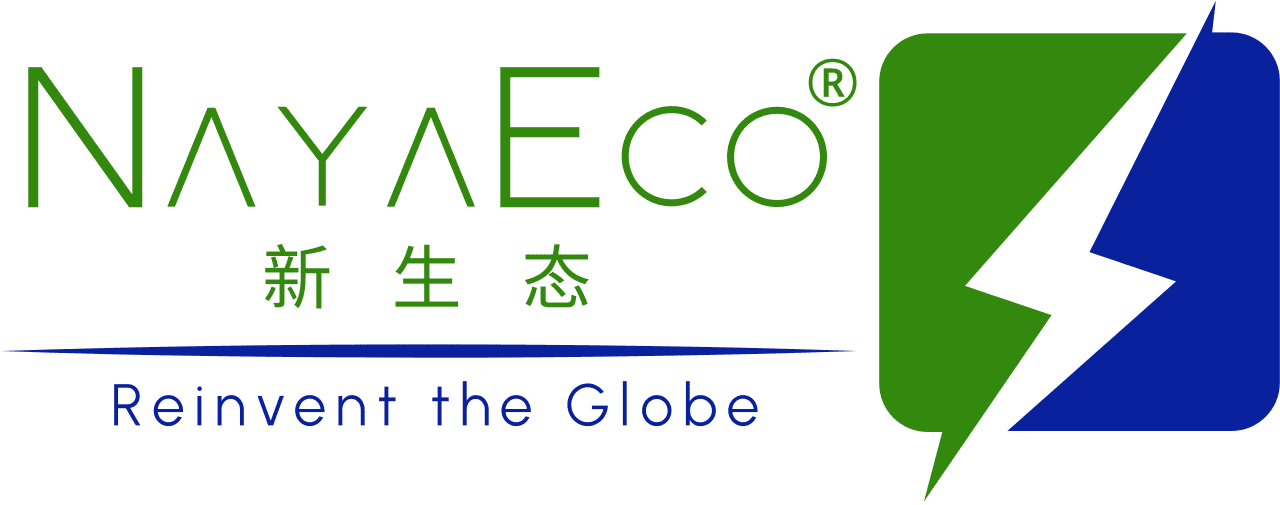Distribution Box
Solar Distribution Box
A solar distribution box, often referred to as a combiner box, serves as the central hub for managing the electrical connections of multiple solar panels in a photovoltaic (PV) system. This critical component plays a pivotal role in optimizing energy output, enhancing safety, and simplifying maintenance. Let’s delve into the key features, components, and benefits of a solar distribution box.
Key Features:
String Combiner: The distribution box combines the output from multiple solar panels into a single, manageable electrical string. This consolidation simplifies the wiring and makes it easier to handle and monitor the overall system.
Overcurrent Protection: Integrated overcurrent protection devices, such as fuses or circuit breakers, ensure that the system is safeguarded against excessive current, minimizing the risk of damage to the solar panels and associated equipment.
Surge Protection: In areas prone to electrical surges or lightning, a solar distribution box may include surge protection devices to shield the solar panels and inverters from voltage spikes.
Monitoring and Diagnostics: Some advanced distribution boxes come equipped with monitoring systems that allow users to track the performance of individual solar strings. This capability aids in identifying and addressing potential issues promptly.
Weatherproof Design: Given its outdoor installation in close proximity to solar panels, a distribution box is typically designed to be weatherproof, protecting the internal components from environmental elements.

Components of a Solar Distribution Box
DC Disconnect Switch: Enables the disconnection of DC power from the solar panels for maintenance or emergency purposes.
Surge Protection Devices (SPDs): Safeguards the system from voltage surges and lightning strikes, preventing damage to sensitive electronic components.
Combiner Busbars: Connects the individual solar strings and consolidates the DC power output into a unified stream.
Overcurrent Protection Devices: Fuses or circuit breakers prevent overloads and short circuits by interrupting the electrical flow in case of excessive current.
Monitoring and Communication Devices: Some distribution boxes feature communication interfaces for remote monitoring and diagnostics, allowing users to assess system performance and troubleshoot issues.
Benefits of Solar Distribution Boxes:
Efficiency Optimization: By consolidating the output from multiple solar panels, distribution boxes streamline the wiring process, reducing energy losses and optimizing system efficiency.
Safety Assurance: The inclusion of overcurrent protection and surge protection devices enhances the safety of the solar power system, protecting both equipment and personnel.
Easy Maintenance: The organized layout and monitoring capabilities make it easier to identify and address issues promptly, facilitating regular maintenance and ensuring the longevity of the solar installation.
Scalability: Solar distribution boxes are designed to accommodate the expansion of solar panel arrays, providing a scalable solution for growing energy needs.

